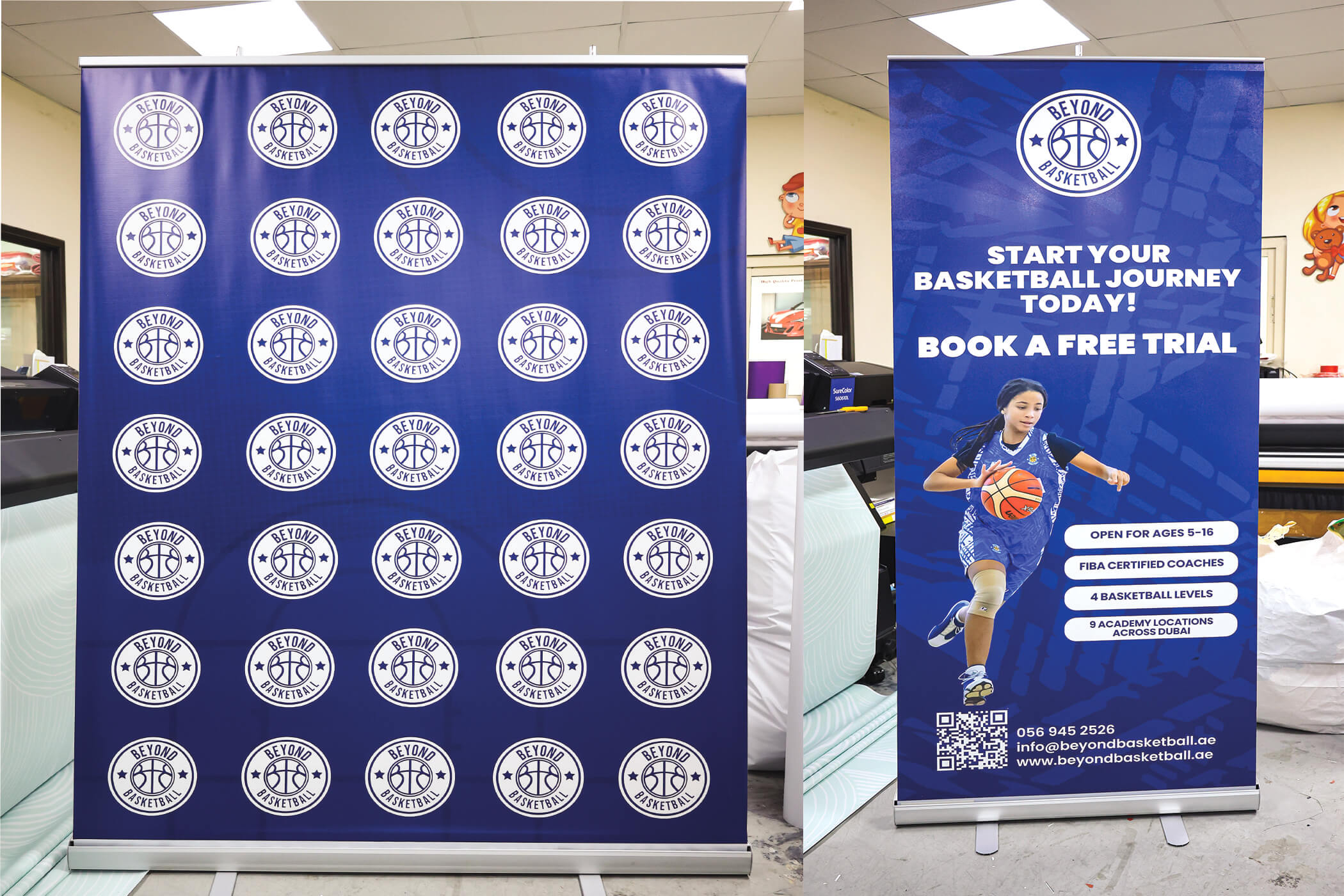
Analyzing your competitors is the first step to creating a brand identity. You can use a quick analysis to identify the strengths and weaknesses of your business as well as the marketing channels your competitors use in order to reach customers. You can then prioritize the changes you need to make to your brand. Your goal is to be different from your competition. Your business must have a distinctive image that differentiates you from the rest.
Next, choose the brand personality you want to project. There are many ways to create your brand personality. Like traditional marketing in Television, radios, Signboards, Vehicle branding, Flex printing, Rollups etc.
However, social media should be a channel that reflects your brand’s personality. social media can be too self-promotional and 45% of people will not follow your brand. You must be consistent with all aspects of your social-media presence. You can create a guideline document for your employees to ensure brand guidelines are followed at all times.
The next step to building a brand identity, is to identify your target audiences. Customers, vendors, as well as other companies will be your audience. To create a more precise image, you should identify each group by their geography, age, interests, gender, and gender. This will allow you to manage consistency. Consistent brand images will result in higher sales and profits. After identifying your audience, it is time to create a brand identity. This is the foundation for your company’s success.
After defining your audience, you can now begin creating your brand. Building your brand should not be difficult. First, create a template for your branding. This will allow you to establish a consistent look across your business. Once you have created a basic template you can move onto the next step. Include your employees in the process. Your employees are the brand’s advocates, and their reactions can help define your brand.
You can start to create a brand image once you have a clear vision of your brand. First, create a style guide. A style guide can help you make sure that your brand’s look is consistent with your business. A style guide will help you ensure consistency and recognition of your brand’s visual identity. You should also consider your target audience.
After you have created a logo and brand name, it is time to think about how you will communicate that message with customers. Finding the right language to describe your brand is key to creating a brand. The brand language is essential for creating a brand as it represents the company’s personality. People’s buying habits will be influenced by their preferences. People will feel connected to your company if you have a strong brand identity.



